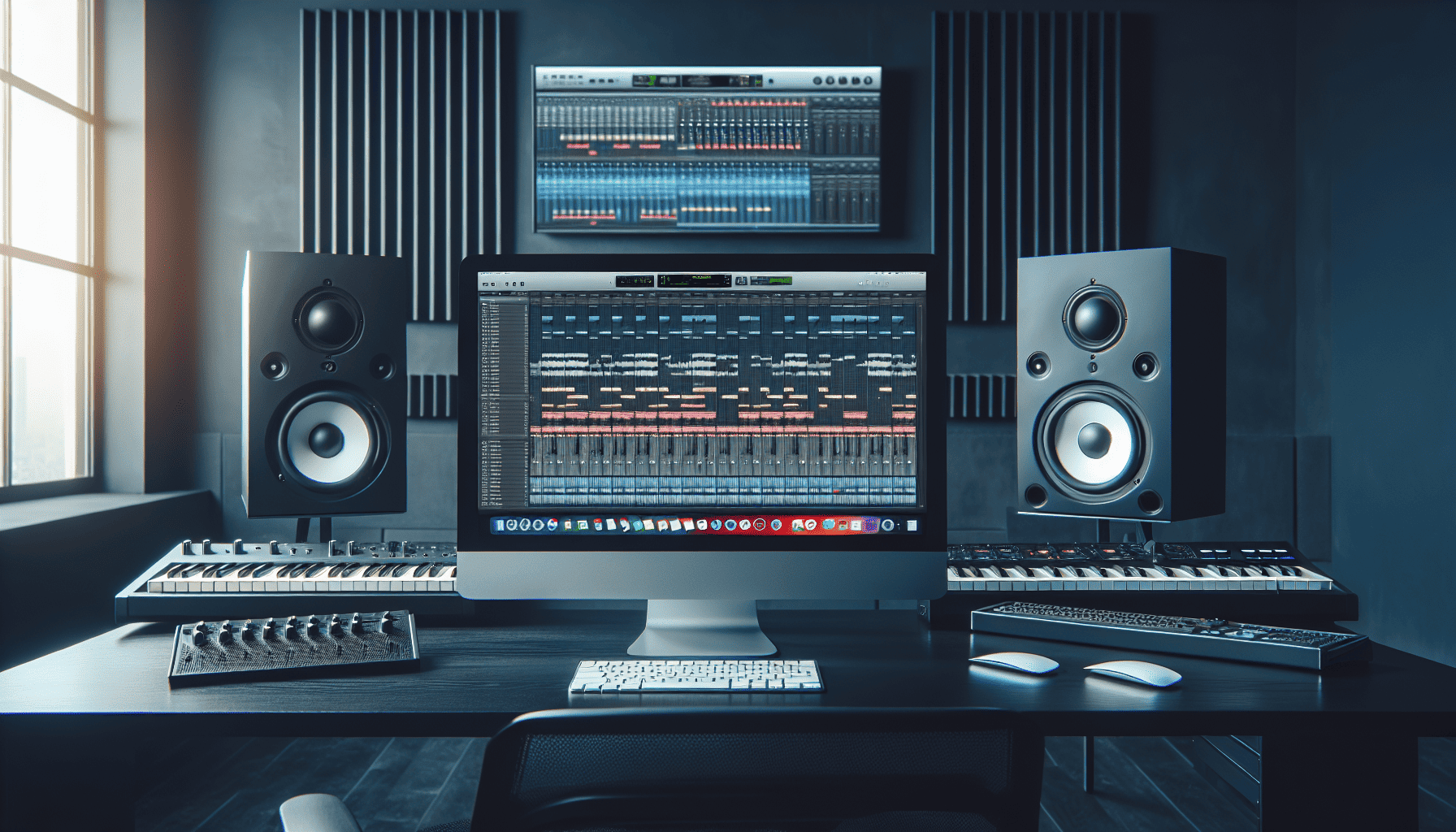In the ever-evolving landscape of music production, technology continues to play a pivotal role. The digital age has introduced a wealth of innovative tools and platforms, revolutionizing the way music is created, distributed, and consumed. This transformation has not only democratized the industry but has also unleashed a wave of creativity, allowing artists to push the boundaries of sound and expression.
One of the most significant advancements in digital music production is the emergence of sophisticated Digital Audio Workstations (DAWs). These powerful software platforms have replaced traditional recording studios for many artists, providing all the necessary tools to compose, record, edit, mix, and master music within a single interface. From industry-standard software like Ableton Live and Logic Pro to user-friendly options like GarageBand, DAWs offer flexibility and accessibility, enabling musicians to experiment without the constraints of physical studios.
Moreover, cloud-based platforms have taken collaboration and distribution to new heights. Services like Splice and BandLab allow artists from around the world to collaborate in real-time, sharing projects and ideas seamlessly. This has led to a surge in cross-genre innovations and diverse musical collaborations, as physical distance is no longer a barrier to creative partnerships. Additionally, these platforms offer a marketplace for sound samples, loops, and virtual instruments, providing musicians with an ever-expanding library of creative resources.
Artificial intelligence is also making waves in music production. AI-powered tools can assist with everything from generating melodies and harmonies to mastering tracks. For instance, platforms like Amper Music and AIVA use algorithms to compose music, offering artists a new source of inspiration or a starting point for their compositions. Additionally, AI-driven mastering services, such as LANDR, automate the mastering process, ensuring professional-quality sound at a fraction of the cost and time.
The rise of virtual instruments and plugins has further expanded the sonic palette available to musicians. From realistic emulations of classic instruments to completely new synthesized sounds, these digital tools give artists unprecedented control over their sound design. This has led to an era where genre boundaries are increasingly blurred, empowering artists to create unique and experimental soundscapes.
Additionally, social media platforms and streaming services have transformed music distribution and promotion. Artists can now reach global audiences with ease, sharing their creations on platforms like SoundCloud, Spotify, and YouTube. This direct-to-consumer approach removes the traditional gatekeepers of the industry, allowing independent musicians to build and engage with their fanbases directly.
However, this digital transformation is not without its challenges. The market is saturated, and the abundance of tools can be overwhelming for new musicians. Moreover, issues related to intellectual property and fair compensation in the digital realm still need addressing to ensure sustainability for artists.
Despite these challenges, the digital frontier of music production presents an exciting landscape rich with possibilities. As technology continues to advance, the tools and platforms available to musicians will only become more sophisticated, offering new ways to create, collaborate, and connect with audiences worldwide. This evolution promises to keep the music industry dynamic and ever-adapting to the digital era's intricacies.
